How Do You Store Wheat Berries
Wheat berries are versatile and nutritious grains that can be used in a variety of dishes. They are the whole, unprocessed kernel of wheat and contain all three parts of the grain: the bran, germ, and endosperm. This means they are packed with fiber, protein, vitamins, and minerals. Most of us use them for bread making.
Here’s the deal, wheat berries are wheat that we all store in our homes to make bread, cookies, cinnamon rolls, cereal, etc. It may be confusing to some people, but what we call wheat is really called wheat berries in most farming and baking circles. You may remember I only stock hard white wheat, although I grew up on hard red wheat.
I taught classes at a few Bosch stores on how to grind the wheat berries and then make bread, it was so fun! That’s where I learned the difference between the varieties of wheat. My mom’s whole wheat bread was like bricks, I quickly learned how to remedy the whole wheat bread bricks with a few add-on ingredients which are optional.
4 Wheat Grinders
Please keep in mind, I can only recommend the products I have or have actually used and prefer. If you have a brand you love, please let me know.
- KoMo Classic (back ordered right now)
- NutrilMil
- WonderMill Grain
- GrainMaker (hand crank)
When you grind wheat berries there are different flours that can be produced. Most of our flour comes from hard red wheat berries. The all-purpose flour many cooks like is made with only the endosperm portion of the berries and has lower nutritional content. Whole wheat flour is made when you grind the complete wheat berry and is made from hard red wheat berries. To get white whole-wheat flour they use hard white whole-wheat berries. It’s interesting to note that red wheat provides a nuttier flavor, while white wheat tends to be sweeter.
I like to use bread flour rather than all-purpose flour no matter what I plan to bake. The bread flour has more protein and is made from a harder wheat variety than the all-purpose flour you buy. Some people say they think bread flour doesn’t make foods as light and flakey as they like. but I haven’t found that to be the case for me and what I bake.
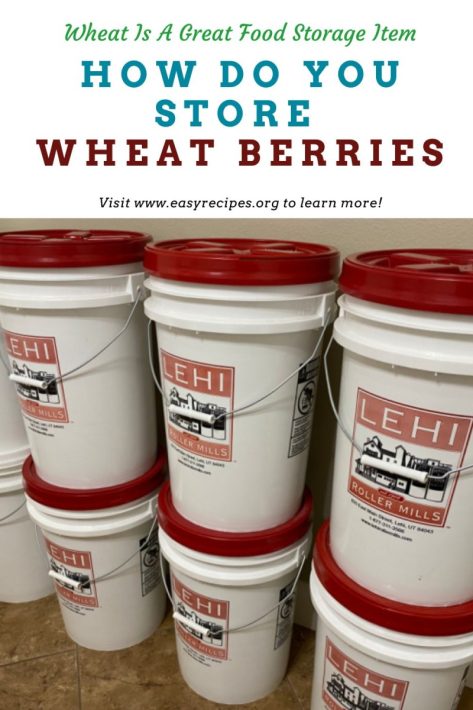
Tidbits About Wheat
First, I will quote Bob’s Red Mill, “Wheat berries are the entire edible part of wheat kernels: the germ, the bran, and the endosperm. There is no outer shell and you can eat the whole thing! Because the whole wheat kernel is left, none of its nutrients are stripped away. “
I quote Wikipedia, “A wheat berry, or wheatberry, is a whole wheat kernel, composed of the bran, germ, and endosperm, without the husk. Botanically, it is a type of fruit called a caryopsis. Wheat berries have a tan to reddish-brown color and are available as either a hard or soft processed grain.”
If you’re looking to incorporate wheat berries into your diet, or already have them on hand, it’s important to know how to store them properly. Here is a comprehensive food storage guide on how to store wheat berries:
Why Proper Storage Matters
Storing wheat berries properly is essential for maintaining their freshness and nutritional value. If not stored correctly, wheat berries can become stale, rancid, or infested with insects. Improperly stored wheat berries may lose their nutrient content over time. Using an air-tight container will be the smartest move you can make. It doesn’t necessarily have to be sealed with a vacuum sealer to provide an extended shelf life.
The Best Way to Store Wheat Berries
As mentioned, the best way to store wheat berries is in an airtight container in a cool, dry place. A pantry or cupboard that stays between 40-70 degrees Fahrenheit is ideal.
Glass mason jars with tight-fitting lids or food-grade plastic containers work well for storing small amounts of wheat berries. For larger bulk quantities, consider using a food-grade bucket with gamma-sealed lids. I really like my 5-gallon buckets and the gamma lids make a real difference. This plastic bucket approach has proved ideal since they aren’t too heavy, I can stack them, they tend to be moisture-proof, and the lids make for a quality seal.
It’s also important to keep your storage area clean and as free from moisture as possible. Moisture can cause mold growth or attract bugs that can damage wheat berries.
How Long Do Wheat Berries Last?
When stored properly in an airtight container in a cool, dry place, the shelf life of wheat berries can be many years without losing their viability or nutritional value. However, if exposed to heat or moisture, they may spoil much more quickly. Let me quote from Honeyville, “Shelf-Life: Hard White Wheat in a can will store for 10 to 15 years in a sealed #10 can and in our 40 lb bucket (oxygen absorber included) under ideal storage conditions (cool, dry place). In a 45-pound bag, it will store for 1 year in a sealed 45-pound bag under ideal storage conditions (cool, dry place).”
I quote from the USU State Extension Service, “Develop a program to utilize stored wheat on a regular basis. As stored wheat is used, replace it with containers of new wheat. Identify each container for variety and storage date. A good rule of thumb is to rotate wheat so that no stored product is older than 5 years. However, older stored wheat did make acceptable bread. A B.Y.U. study indicated that, regardless of headspace oxygen level, wheat packaged in No. 10 cans throughout 32 years of storage at ambient or cooler temperatures made bread acceptable to a majority of consumers.”
Here’s the deal, I have always written in my posts that wheat lasts almost forever. Someone asked me to show them where it says the shelf-life. There are so many different opinions, you will have to make that decision yourself concerning what constitutes long shelf life. I’m going for 25 years, that’s my personal opinion. I store my wheat at 70-75 degrees year-round.
Please don’t store your wheat in a hot garage, storage shed, or outside. It will deteriorate quickly and provide very little food value.
Long-Term Storage Tips for Wheat Berries
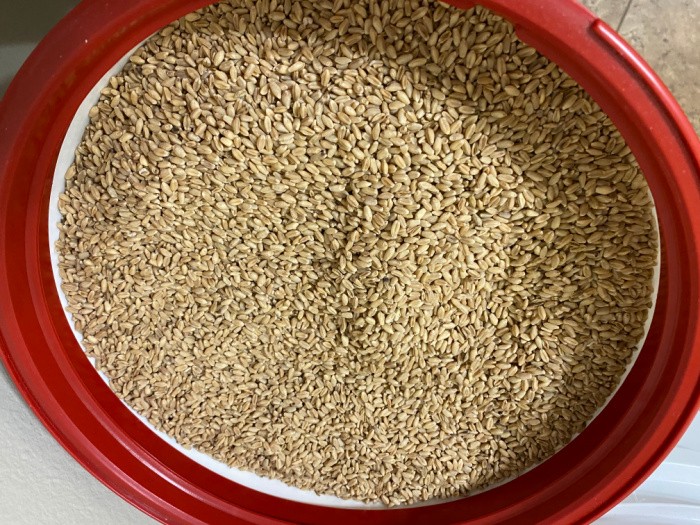
Here are some additional tips for storing wheat berries:
- Before storing your wheat berries, make sure they are clean and free from any debris.
- Consider freezing your wheat berries for reasonably long-term storage. Place them in an airtight container or freezer bag and freeze them for up to one year.
- If storing large quantities of wheat berries in food-grade gallon buckets with gamma-sealed lids, be sure to label the bucket with the date you stored it so you can track its freshness. Please rotate your wheat as it’s being used.
- Keep an eye out for any signs of spoilage such as strange odors or discoloration.
- When cooking with your stored wheat berries, inspect them closely before using them just in case any insects have somehow entered the container. That could mean insect eggs, baby pupae, or adult insects have made their way inside.
Storing your wheat berries properly in storage containers will help maintain their freshness and nutritional value so you can enjoy this nutritious grain whenever you like! By following these simple tips and guidelines for storage conditions you should be able to keep your supply fresh and ready to use whenever inspiration strikes! You can use wheat berries on a regular daily basis as long as they’re stored in proper airtight containers.
Where do I buy my wheat berries?
If you’re looking for a reliable source of high-quality wheat berries, Lehi Mills is an excellent option. Their wheat berries are grown and harvested with care, ensuring that you receive a product that is fresh and nutritious. Lehi Mills also offers a variety of different types of wheat berries, including hard red wheat, soft white wheat, and more. Additionally, they provide detailed information about their products on their website, making it easy to find the perfect type of wheat berry for your needs. Buying your wheat berries from Lehi Mills is a great choice for anyone who wants to incorporate this healthy grain into their diet!
I seldom have seen wheat sold in large quantities like other groceries in my local grocery stores.
What can you do with wheat berries?
- Make bread after grinding it.
- Cook them and add them to salads for extra texture and nutrition.
- Use them as a base for grain bowls.
- Grind them into bread flour or pastry flour and use them for baking bread, muffins, or other delicious meal compliments.
- Make a hearty breakfast porridge by simmering wheat berries in milk or water.
- Add them to soups or stews for added nutrition and texture.
- Sprout them and use them as a crunchy addition to sandwiches or wraps.
- Use them as a substitute for brown or white rice in dishes like risotto.
- Make a cold grain salad with cooked wheat berries, vegetables, and dressing.
- Toast them in the oven with spices for a crunchy snack.
- Use them as a stuffing for roasted vegetables like squash or peppers.
FAQs for Wheat Berries
What are wheat berries?
Wheat berries are the whole kernel of the wheat grain. They consist of the bran, germ, and endosperm. Yes, they have a chewy texture if you try and eat a cup of raw wheat berries, which I wouldn’t recommend.
Are wheat berries gluten-free?
No, wheat berries contain gluten and should be avoided by people with celiac disease or gluten intolerance. Whole grain flour is not gluten-free.
How do I cook wheat berries?
Rinse the wheat berries in cold water and then bring them to a boil in a pot of water. Reduce the heat and simmer for 45-60 minutes until tender. Eating wheat berries is the best part! My kids have always loved eating soft wheat berries.
Can I eat raw wheat berries?
It is not recommended to eat raw wheat berries as they can be difficult to digest and MAY damage weak teeth. They should be cooked before consumption.
Can I buy organic wheat?
Yes, you can, I know Honeyville sells it when it’s in stock. You can be notified when it becomes available. Honeyville Organic Hard White Wheat
Are there different types of wheat berries?
Yes, there are different varieties of wheat that produce different types of wheat berries. Some popular varieties include hard red winter wheat, hard white wheat, soft white wheat, and durum wheat. I only buy hard white wheat, it’s a personal preference.
Some people have asked me about the difference between soft white winter wheat and soft white spring wheat. Winter wheat is planted in the fall, grows during the winter, and is harvested in the spring. Spring wheat is planted in the spring and harvested in late summer or early fall. About 75% of the wheat grown in the U.S. is winter wheat.
How long do cooked wheat berries last in the fridge?
Cooked wheat berries can last up to 5 days in the fridge when stored in an airtight container. Remember, there are different varieties of wheat berries that may have different longevity traits.
Matt: How to Use Mylar Bags
I contacted one of my loyal readers, Matt, about how he stores his wheat, “We use anywhere from 2-5000 cc of O2 absorbers in 5-6gl buckets. I like to use multiple units and place them throughout the bucket regardless of product weight.
My older stuff has thinner bags and they seem to be ok because they aren’t moved around much being in a bucket.
I respectfully disagree with your assessment of Mylar and the weather conditions. Mylar is a barrier that will stop certain things that buckets do not. The bucket is to protect from critters and the Mylar is to protect the food. Buckets are not airtight especially long term over years as seals will degrade. Throw a bunch of O2 absorbers in a bucket. It’ll suck in. I definitely would never use gamma lids without Mylar. They’ve got 2 seal failure points.”
I appreciate Matt’s comments and hope they help as you decide how best to use buckets, bags, and O2 absorbers to protect your wheat berries.
More Wheat Tips
- Did You Know These 8 Fascinating Wheat Facts?
- How To Use Wheat Grinders
- Wheat: What You May Not Know

- 1 cup uncooked whole wheat berries, rinse with water in a fine strainer
- 3 cups water
- 1/4 teaspoon salt
-
SLOW COOKER: cook all the ingredients listed above for 8-9 hours on low in a slow cooker.
-
STOVE TOP: add the rinsed wheat and salt to three cups of boiling water and cook uncovered on the stove for one hour or until tender.
-
PRESSURE COOKER: add all of the ingredients above into your electric pressure cooker and cook on high for 30 minutes. You will use “natural release," let the pressure come down naturally.
Final Word
Storing wheat berries properly is key to maintaining their freshness and flavor. It’s best to store them in an airtight container in a cool, dry place, away from direct sunlight. If stored correctly, wheat berries can last for many years.
Proper storage will ensure that your wheat berries are always fresh and ready to add nutritional value and texture to your meals. The shelf life of whole intact grains can actually be a very long time. What are your tips for storing wheat berries in large food-grade buckets? I’d love to hear your tips! May God Bless this world, Linda

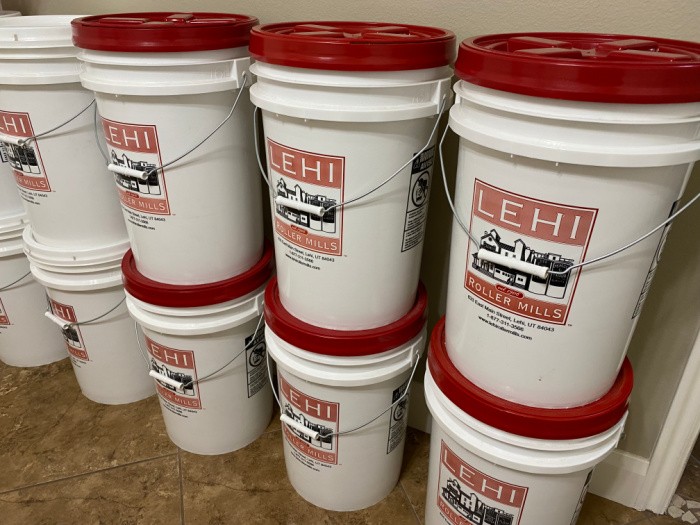

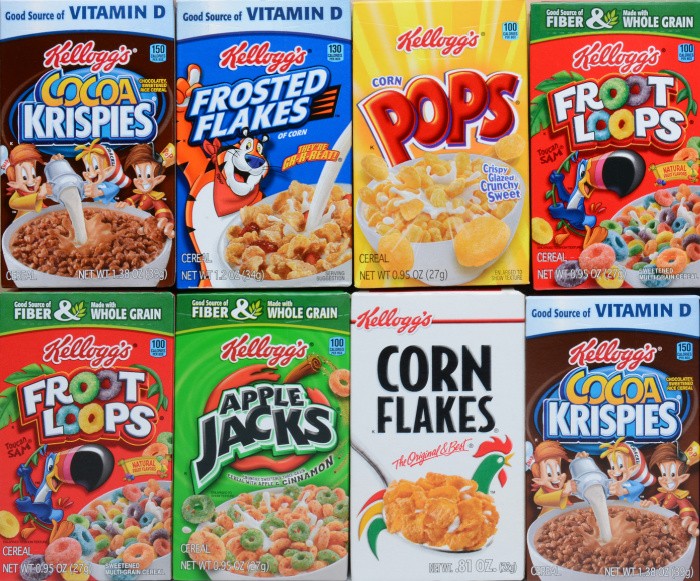
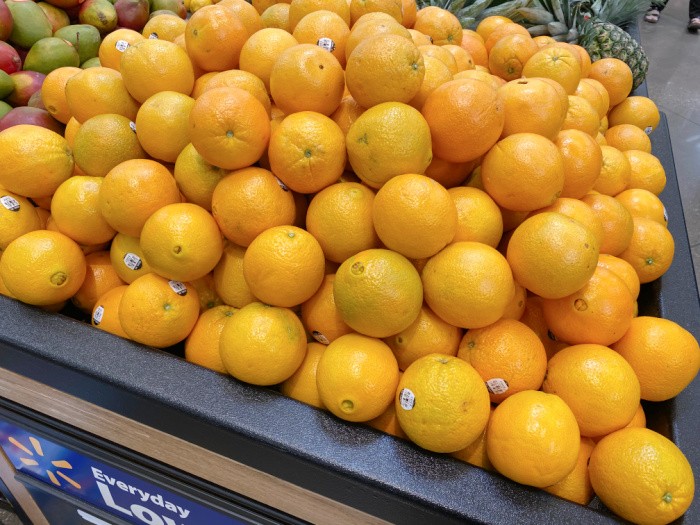
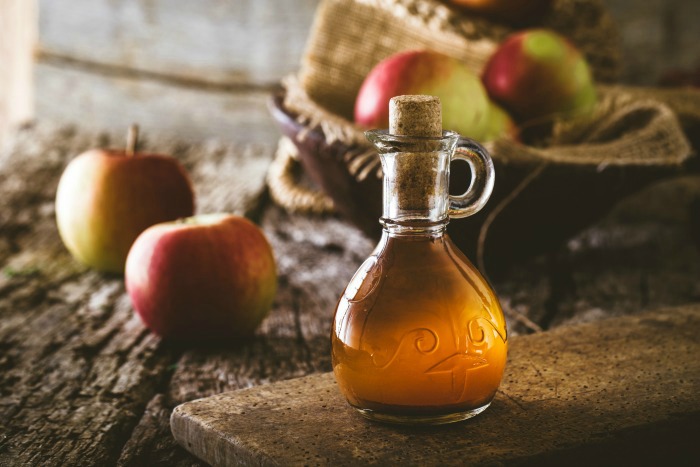


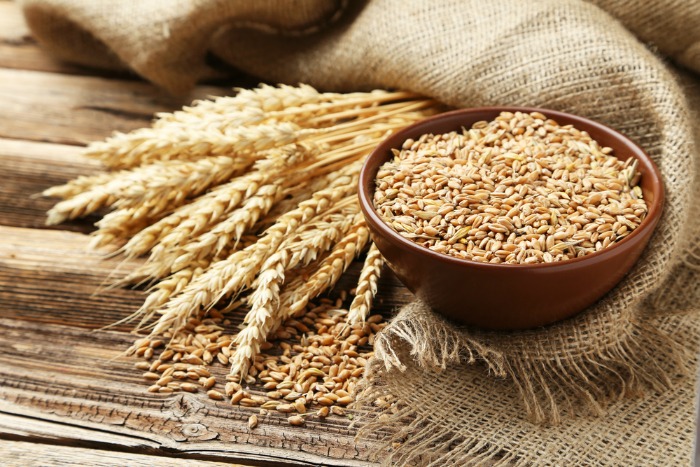













Hi Linda! Great post as usual! I have wheat berries, but didn’t know how to cook them. I do now, thanks to you! Thank you so much for posting this.
Hi Deborah, thank you for the 5 stars, my sweet friend! I would start with small batches. Linda
Lehi Mills doesn’t have Wheat Rerries on their web site you highlighted and promoted. Due dilagance when posting a “new” article with old information.
HI MsPaff, I highlighted the company because that’s where I get my wheat via Costco. I thought others would like to see the history of Lehi Mills in Utah. Linda
Linda goes out of her way to educate and allow us to protect ourselves and others. We are all here to learn and not criticize. I for one value her wisdom. God Bless her and keep her safe.
HI Chris, thank you for your kind words, Linda
Linda this is a very good article with good information. As for your friend Chris, I asked for clarification and the author gladly and promptly did that. Nothing in that article stated what I requested. And yes, I see articles that reuse old information and put a new date on them, so if that bothers you in this free country, you have my permission to not read any of my comments. Linda referenced my concern and explained her reasoning for including the link to Lehi Mills. Did I say I didn’t value her wisdom? No; she answered and lead me in the right direction. You on the other hand, maybe didn’t read the paragraph “Where do I buy my wheat berries?”, which in fact, Linda links and fully describes her reasoning this companies product are her choice. BTW, there is no wheat berry product information is on their web page, but I didn’t bring that point forward did I? Again, good article and I love this site for such valuable information we all need it these uncertain times.
HI Mspaff, I understand your frustration over the wheat berries. This last year has had the biggest shortage of wheat in 50 years as I remember. It was caused by a few things, but I will only address drought for one. I just barely saw Lehi Mills wheat in 6-gallon buckets here in Sandy, Utah. It may be sold out now because we have not been able to buy any for many months. It’s all good, some people don’t buy wheat at all. Linda
I will be ordering these ASAP! Wheat berries have been on my radar for a while… now I need to order them.
Hi Jess, Thank you for the 5 stars, my friend. Wheat has been in short supply but new crops are coming soon. I highly recommend Hard White Wheat. Linda
Excellent article Linda and adding Matt’s information and experience is very helpful too.
HI Paula, thank you for the 5 stars, my sweet friend. I felt it was good to hear how Matt uses the Mylar bags, what better person to ask than one that uses them all the time? He was gracious enough to share his expertise in an area I do not have. He’s a good friend to all of us, Linda
You mention that you make your bread using bread flour. Do you sift your home ground wheat, or do you purchase the commercially produced flours? If you sift, would you consider a post discussing and demonstrating what you do? I’ve followed you for years and love your bread recipe. Thanks for what you do to help others.
Hi Sandra, no I do not sift any flour. I grind my own whole wheat into flour and store what I don’t use in the freezer. I try to grind/mill what I need for the month. I would not recommend buying whole wheat flour at the grocery store (it may be old with very little food value). See if you can get some whole wheat flour from King Arthur’s or Bob’s Red Mill. My “bread flour” is white flour I use to make white dinner rolls, cinnamon rolls, cookies, and muffins. Yes, I buy it in 25-pound bags and only buy what I will use in one year. Thank you for your kind words, Linda
I was more interested in your bread flour. I know commercial bread flour is finer than all purpose. When you speak of bread flour, do you mean it’s ground very fine? I do know that some sift their home ground to get a finer flour. Is your bread flour any different than other flour you grind yourself?
HI Sandra, my whole wheat flour is a little more coarse than my white bread flour. I use both all-purpose white flour and bread flour, which I get from Costco. I typically buy Lehi Mills Turkey unbleached bread flour at Costco when they have it. It sells out quickly and sometimes you can only purchase two bags. It all depends on the demand for it. I will not sift my flour, I guess I’m too lazy, if it’s hard to make I won’t make it. I’m sorry I wish you lived close to me so I could show you the difference. I will only buy my white flour from Costco. No other store has the quality I prefer. Boy, that sounds bratty, LOL! I’m just fussy with the type of flour I stock. Linda
I’ve been using wheat berries (and farro) instead of rice the last couple of years. My husband has swallowing issues since his last stroke, and I found rice caused him to choke–for some reason, wheat berries don’t cause this difficulty!
Hi Rhonda, I’m sorry to hear about your husband’s stroke. I’m glad he can swallow the cooked wheat berries without choking. Linda
Linda,
I agree with Matt’s approach. As a side note, when I was growing up on a Kansas wheat farm we taste tested the whole wheat berries before harvest. if it was ready the wheat tasted sweet when the chewed it up. Other folks just observed how bent over the heads were on the stalks, but my grandpa was a fan of the taste test.
Hi Ray, I love your grandpa’s story about wheat!!!! Love this, Linda
Hey! Do you mind sharing which Costco you found the buckets of wheat berries?
Hi Rachel, I have purchased them in Salt Lake City, Utah, Costco’s as well as in St.George, Utah Costcos. It has to be in season or just harvested and cleaned and shipped. I only buy Hard White Wheat harvested from Lehi Mills. It’s cleaned 6 times which is important to me because wheat grinders can break if the wheat has a rock in it. Lehi Mills (877) 311-3566, 833 East Main Street Lehi, Utah 84043. I do not see any hard white wheat (which would be very expensive to ship) on their website. You may be able to check with Costco in UTAH to see if they can see when they will get a shipment. This is the Costco I use: Sandy, Utah
11100 S AUTO MALL DR
SANDY, UT 84070-4171
(801) 790-0003
Another company I trust is Honeyville Grain, I looked and they are out of stock. The stock they have is way too expensive to me. A new harvest should be coming, it all depends on the weather. It’s been rough on wheat the last several years. The LDS, Mormon Church sells it but I do not like the quality. Let me check that sight. It looks like they have some, https://store.churchofjesuschrist.org/hard-white-wheat—case-of-6-cans/5638676627.p
Linda